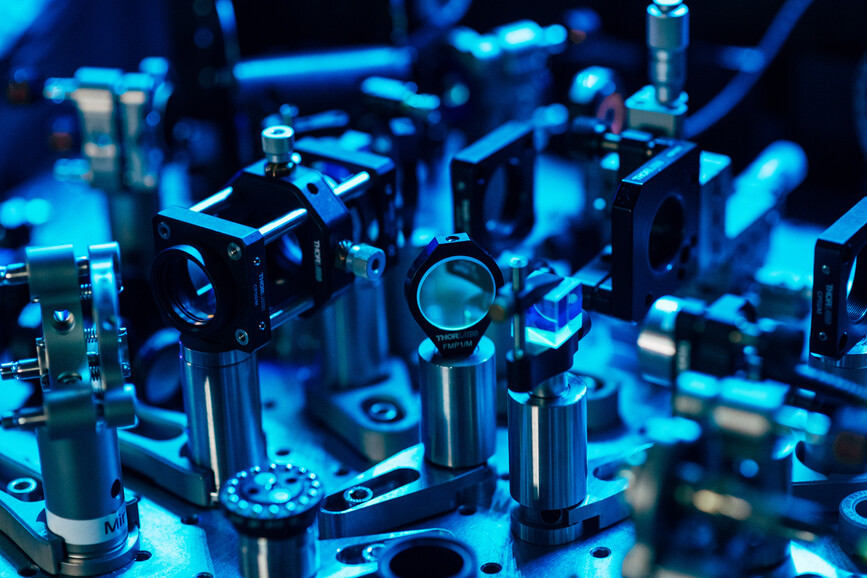The rules of the quantum world promise new possibilities for secure communication, for example, by sharing entangled photon pairs. The problem with this approach is that such systems are not as stable as researchers would like them to be. “Information can be lost over long distances because there is always background noise, for example from photons from the sun,” explains Marcus Huber from the Vienna Institute for Quantum Optics and Quantum Information of the Austrian Academy of Sciences.
This places practical limits on both the bandwidth and the security of such communication channels. Together with colleagues from Heriot-Watt University in Edinburgh, as well as from Bratislava and Brno, the researchers have now developed an approach that overcomes these limits by entangling photons in several dimensions. “The simplest type of entanglement has two dimensions and is often realized via the polarization of photons. If one half of an entangled pair is horizontally polarized, the other photon is always vertically polarized. But photons can do a lot more,” explains quantum physicist Nicolai Friis from IQOQI-Vienna.
97 dimensions
Limit unknown
- PUBLICATION
- CONTACT
High-Dimensional Pixel Entanglement: Efficient Generationand Certification
DOI: 10.22331/q-2020-12-24-376
Marcus Huber
Institute for Quantum Optics and Quantum Information
Austrian Academy of Sciences
Boltzmanngasse 3, 1090 Vienna, Austria
Phone: +43 664 88476557
Mail: marcus.huber(at)oeaw.ac.at




